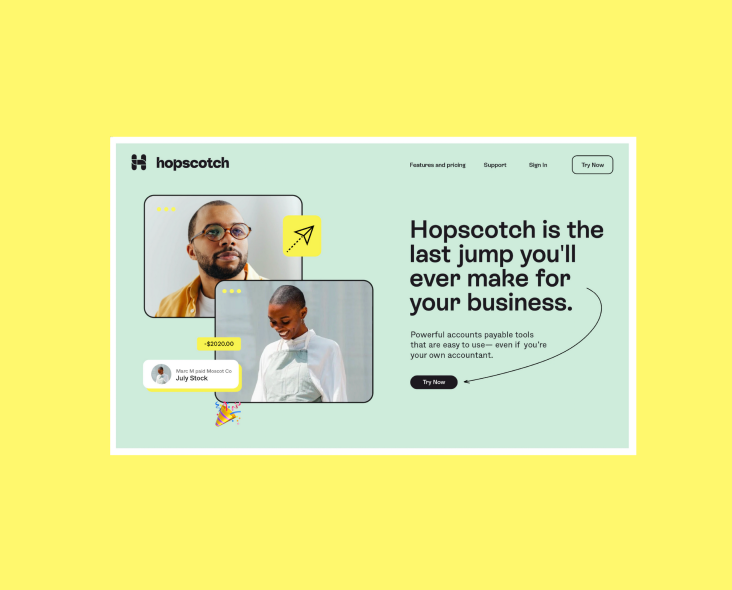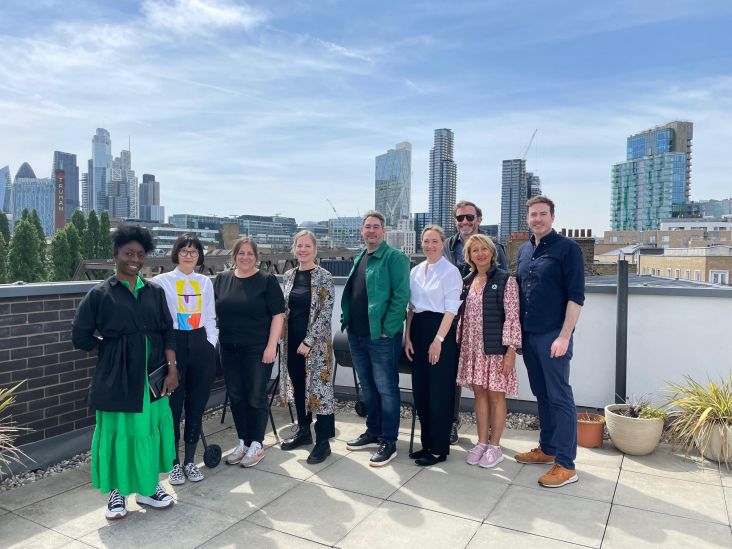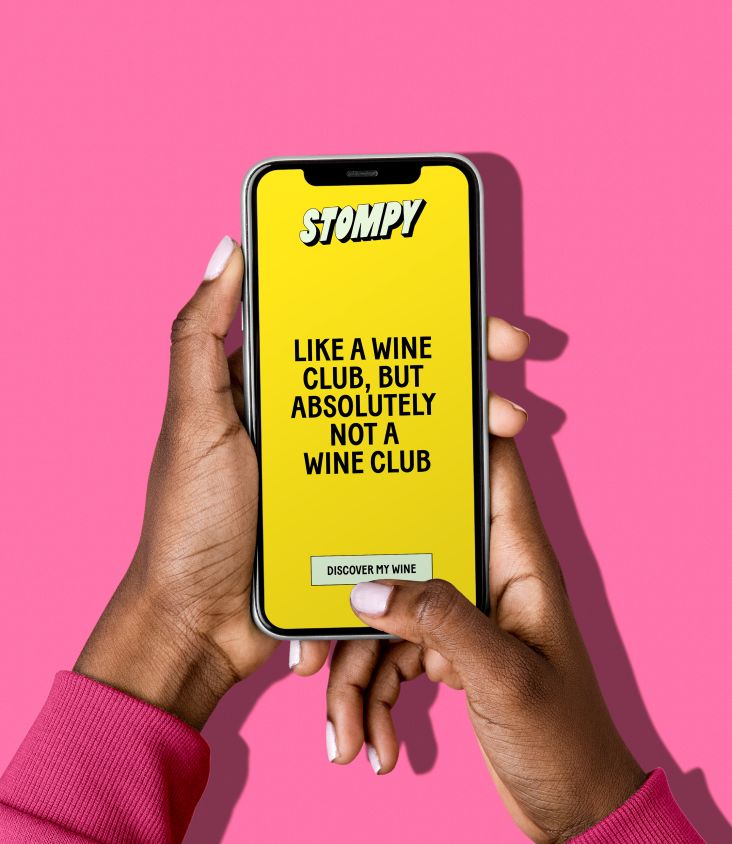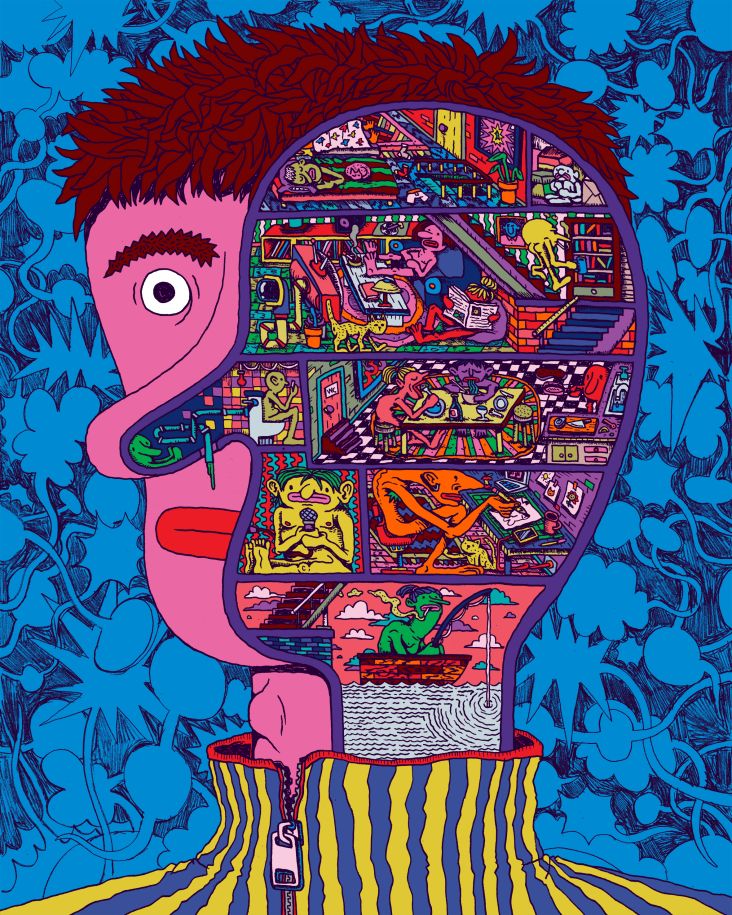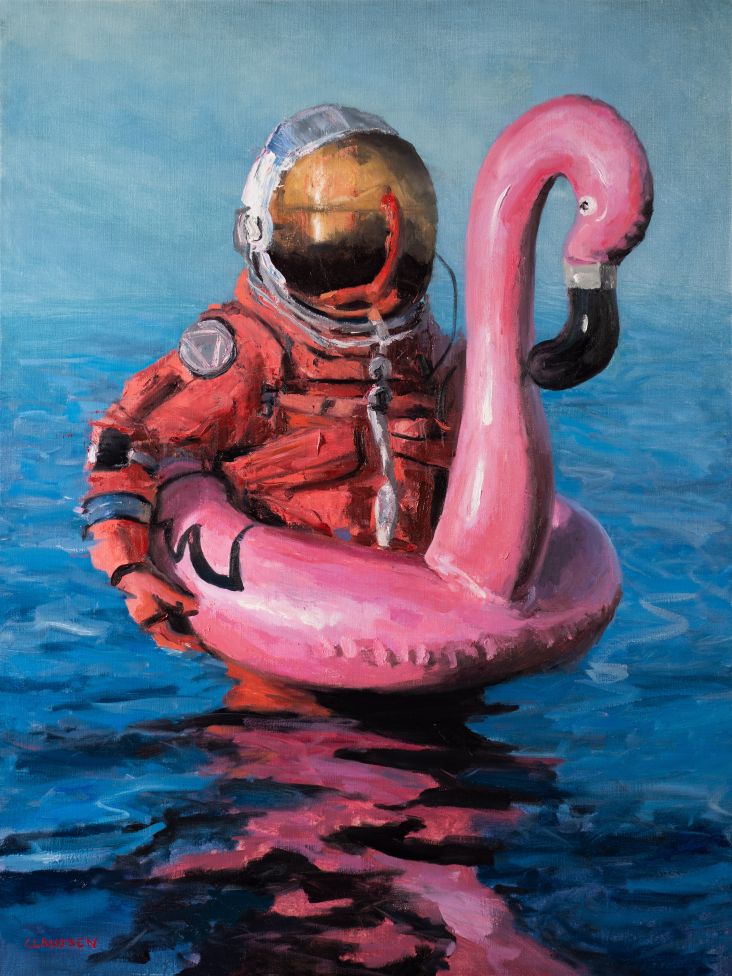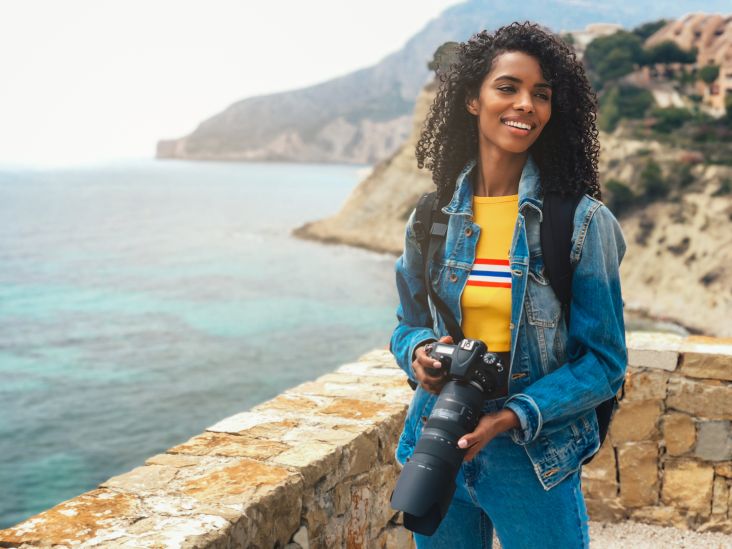Mollie Ray on her upcoming graphic novel, visual storytelling, and crafting effective illustrations
Lancashire-based illustrator Mollie Ray specialises in crafting poignant stories with whimsical, intricate artwork. Having recently had her debut graphic novel, Giant, picked up by Faber and Faber, we caught up with her to hear what makes her illustrations tick.
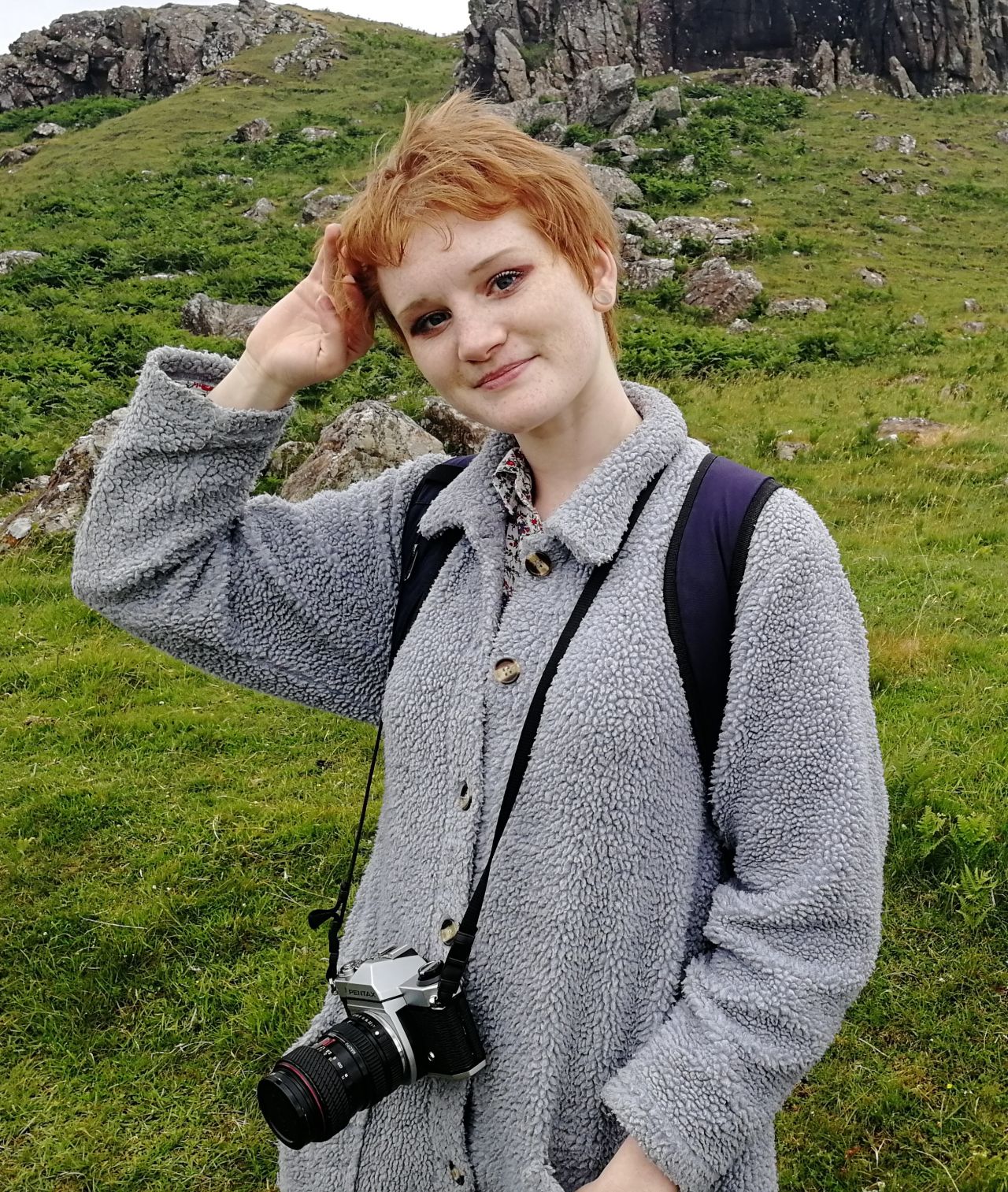
Like most people striving to forge a creative career, Mollie's ambitions stretch back to her childhood, when she entertained dreams of becoming an animator. As well as sculpting little plasticine characters and creating stop motion films, she loved writing and illustrating her own stories.
"I was always drawing, but I think the drive to tell stories in some form was always an equal passion," Mollie tells Creative Boom. "This is when I started angling towards illustration and comics. I particularly loved graphic novels as a means to tell compelling visual stories.
"I suppose that writing stories felt like a positive way for me to process things that I had been through, and I realised that this could, in turn, help other people who had been through something similar by helping them to make sense of it."
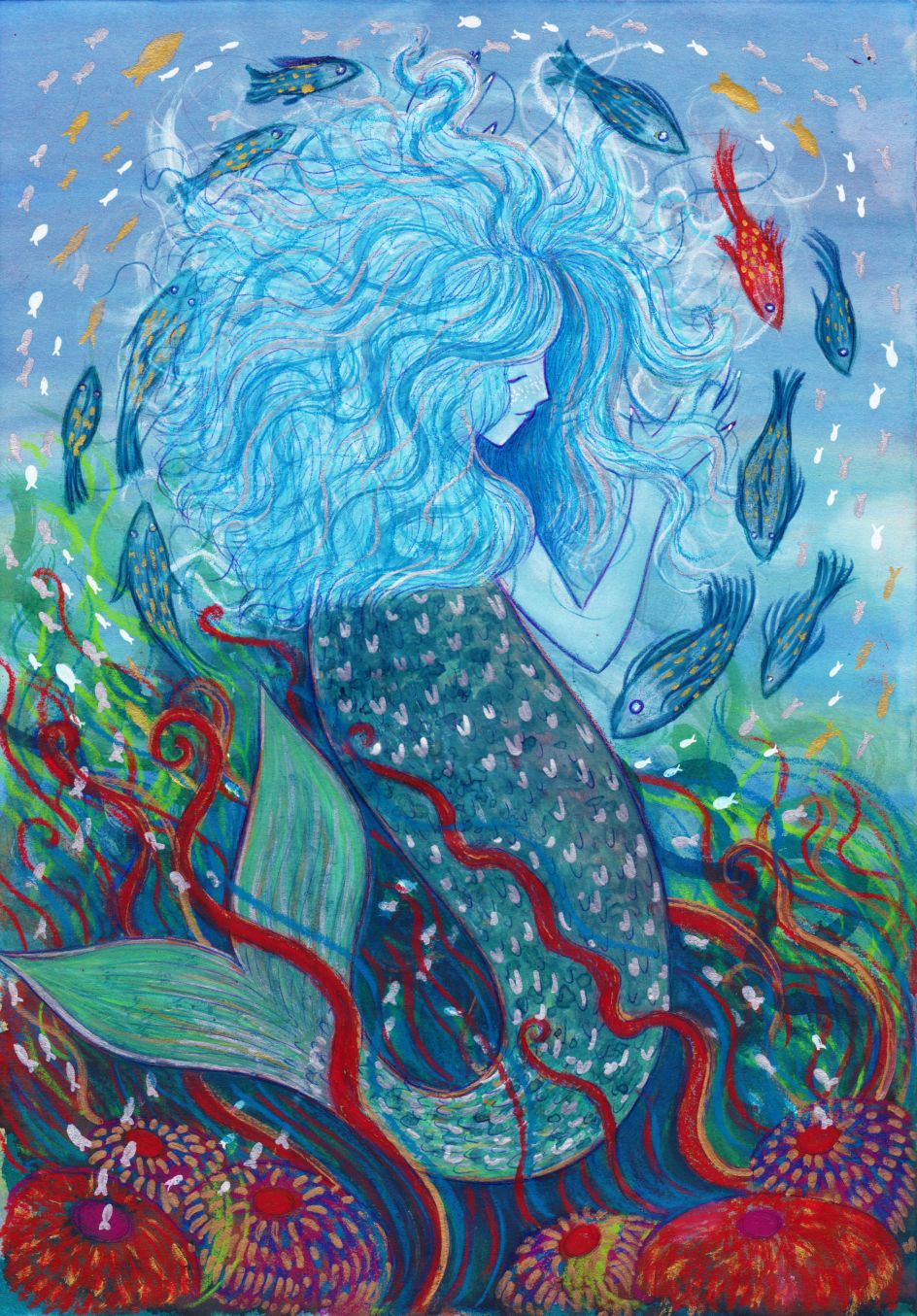
Amongst her creative inspirations, Mollie singles out sculptor and photographer Andy Goldsworthy as leaving a long-lasting impression. This is thanks to his appreciation for nature's natural curves and edges, which Mollie would attempt to copy in her garden as a child by playing with twigs, stones and damsons.
In terms of visual storytelling, though, Mollie praises the work of Australian picture book author Shaun Tan, "particularly his beautiful, intricate graphic novel The Arrival and his very poignant picture book Cicada." Katie Green's graphic novel Lighter Than My Shadow also inspired Mollie by showing her how she could be vulnerable when creating and telling stories about her own experiences.
"My strongest work by far has always been that which I am most invested in emotionally."
Lyrics also play a big part in Mollie's creative practice because they can paint vivid images in her mind that capture the essence of very particular feelings. This lends itself well to Mollie's artistic style, which she describes as "whimsical with soft, round edges and intricate shading." She adds, "I like to think this compliments the more challenging subject matter I often lean towards in my own stories, making the often-difficult concepts more digestible."
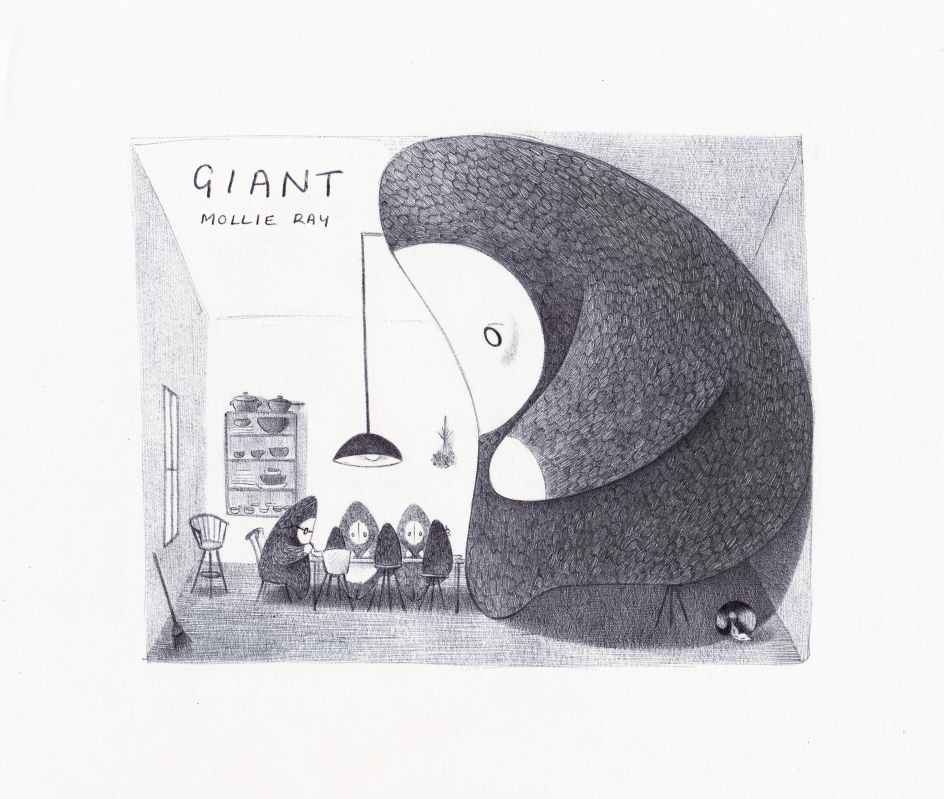
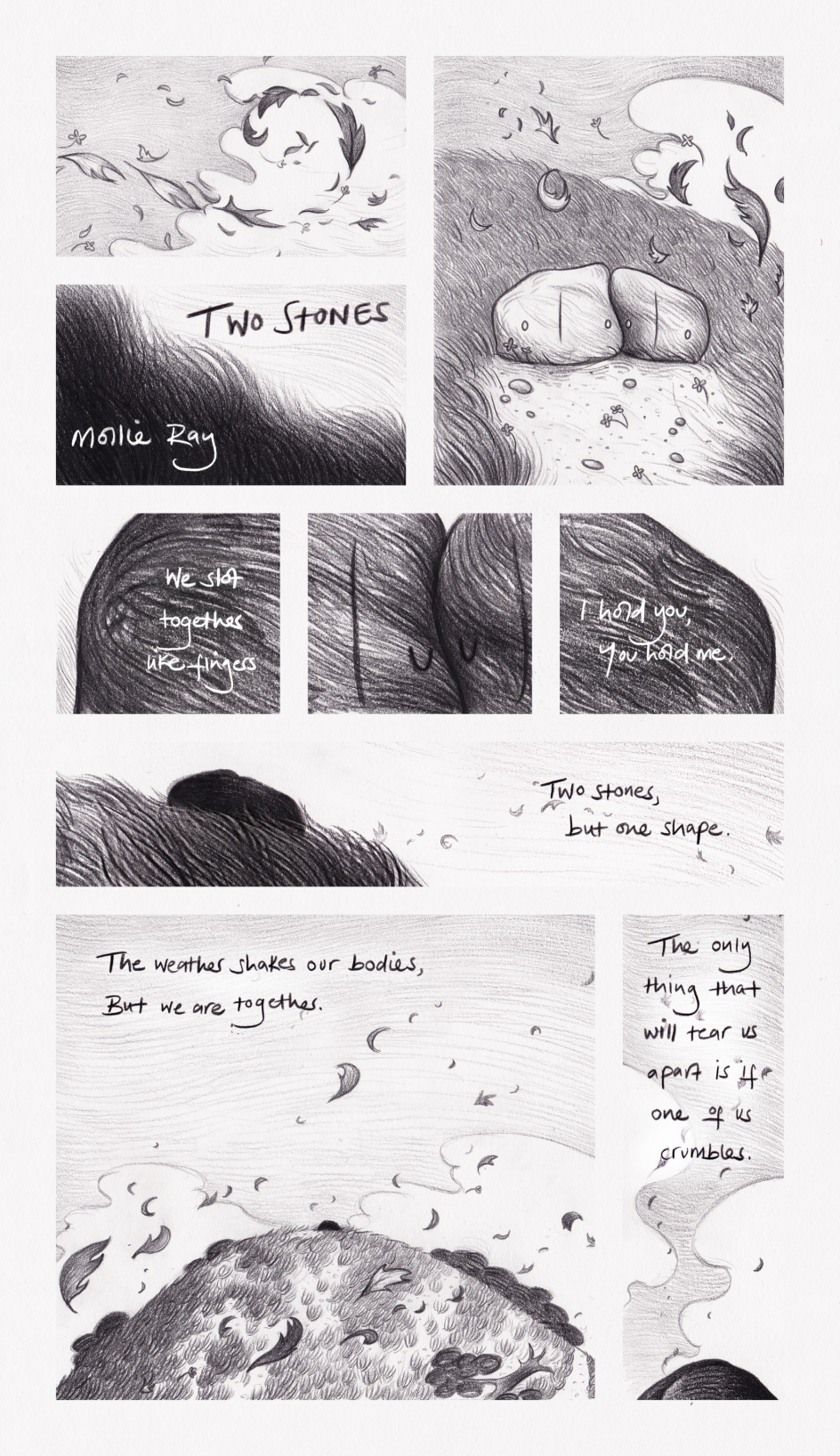
Speaking of difficult concepts, Mollie's debut graphic novel Giant tackles tough issues head-on. "Giant is a silent graphic novel about my family's experience when my brother was diagnosed with cancer," she reveals. "The main character wakes up one day to find they've physically grown to the size of a giant, which acts as three metaphors: the physical mutation of cancer; the feeling of being the 'elephant in the room'; and the 'giant' strength he takes away with him following his recovery."
Illustrated in black and white, the artwork in Giant captures the clinical, colour-sapped world Mollie was experiencing when her brother was going through chemotherapy. "Everything seemed to lack colour, and even in my day-to-day life, it felt that the world was made dimmer to me, and day to day tasks were overshadowed by this constant lingering feeling of fear for my brother.
"I think, in the end, black and white captured those memories and feelings better than colour illustrations would have, so I went with that."
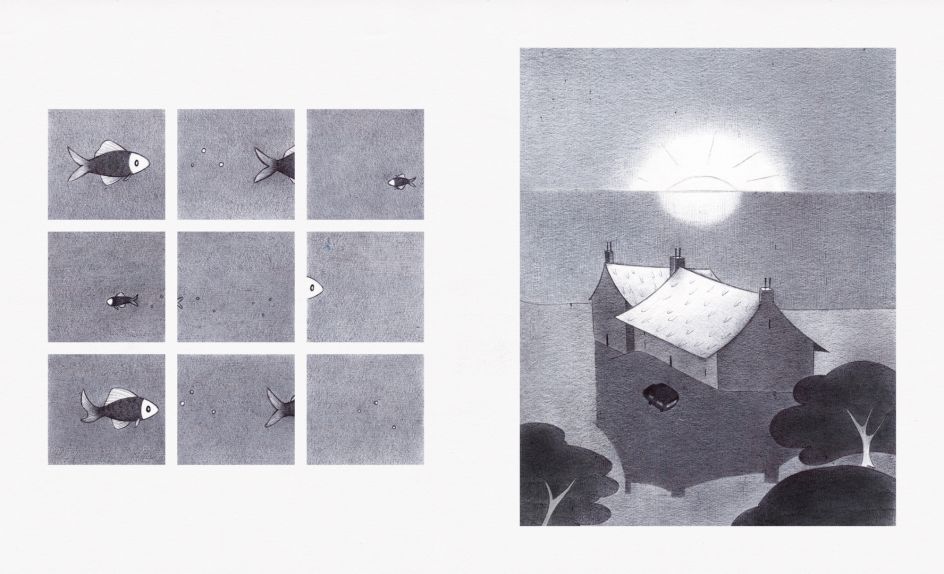
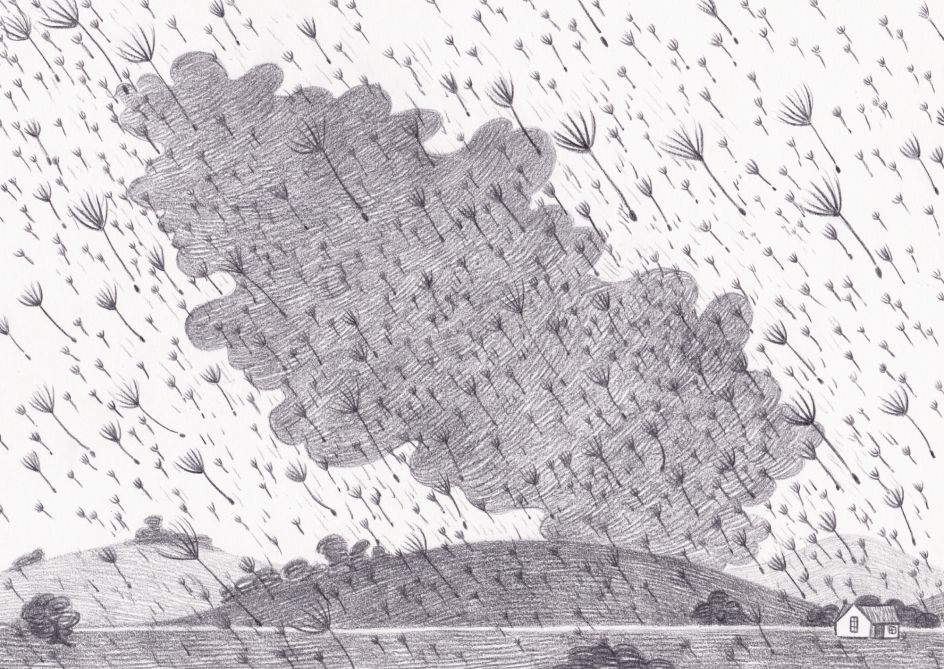
Thanks to her skills as an illustrator, Mollie can tell her story in Giant without any words. So what would she say is the secret to creating effective illustrations, and how do they get their message across? "I would say the ability to guide the eye to the most important part of the illustration is incredibly important, as this will allow you to communicate whatever it is you're trying to get across in a much more affecting way," she explains.
"You can do this by practising composition, but also understanding how to use light and tone, as well as colour, in a way that directs the eye where it needs to go. I've found that if you limit yourself to three tones, you can still keep the complexity in the detail if you want to, but without drawing attention away from the most important aspects of the image. I'd say the same with colour: limiting yourself to a specific set of two, three or four colours, with less vibrant colours aside from vibrant colours to allow the louder colours to sing, will help keep focus in the image."
She adds: "From a less technical drawing perspective, my strongest work by far has always been that which I am most invested in emotionally."
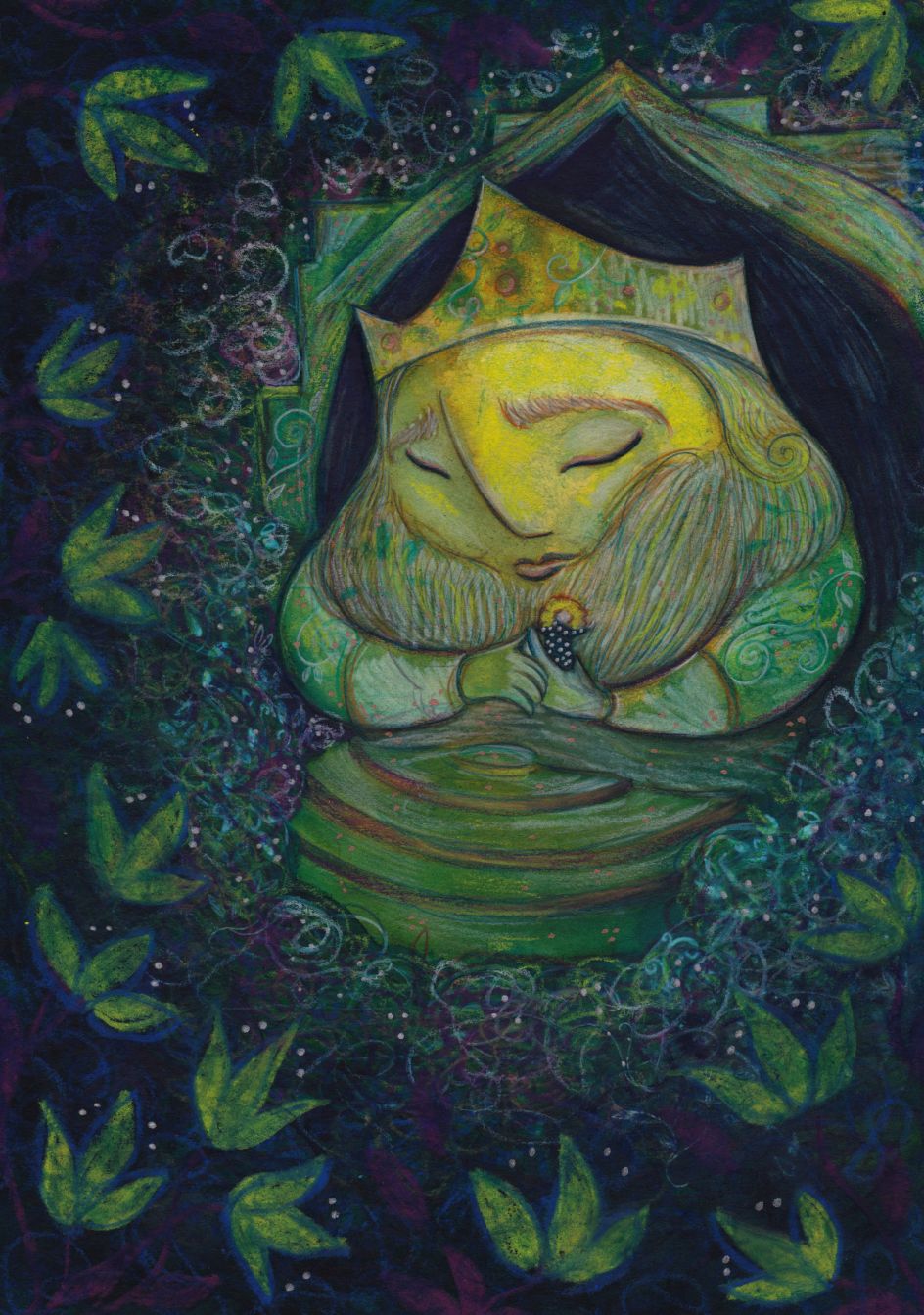
The world of graphic novels and picture books is booming right now. When it comes to advising other artists interested in making their own graphic novels, Mollie recommends starting with a short project and finishing it. "You will learn so much from finishing a project and allowing yourself to go through the whole process," she says.
"In terms of writing the story, put your own truth in it to make it more convincing and so that you as the writer are more invested in it. This doesn't mean you have to write an autobiography, but for example, drawing on your own feelings to influence your characters' feelings will make them feel more real."
Mollie also advises against over-complicating the core idea. It can be helped by reading other works, picking them apart, and understanding how they were created. It can then be applied to your own works and is a good way to be inspired by your favourite creators rather than comparing yourself to them.
She also advises that you "plan roughs on waste paper, so you're not too precious about it – you will burn through it! Writing is the process of redrafting over and over. When creating your roughs, consider readability and consistency and experiment with interesting panelling; give yourself rules later. Start by making a mess. Waste paper and sketchbooks are for making a mess!
"These are just some tips and tricks that I use to create my own stories, but ultimately you will find your own through the process of creating."

















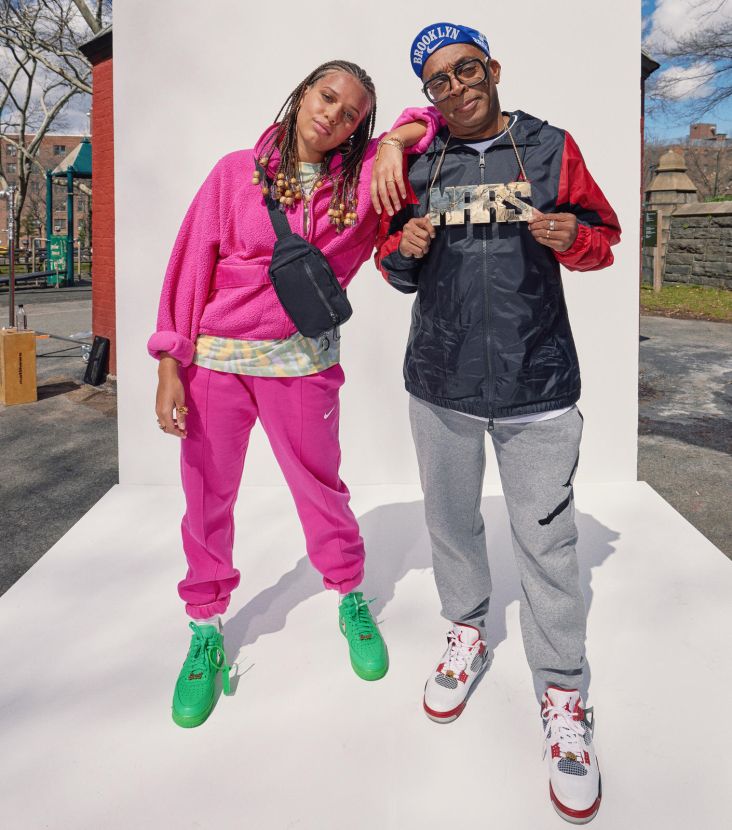
](https://www.creativeboom.com/upload/articles/ab/ab0784d61fe640df9f201accfe2844015bd254a3_732.jpg)
